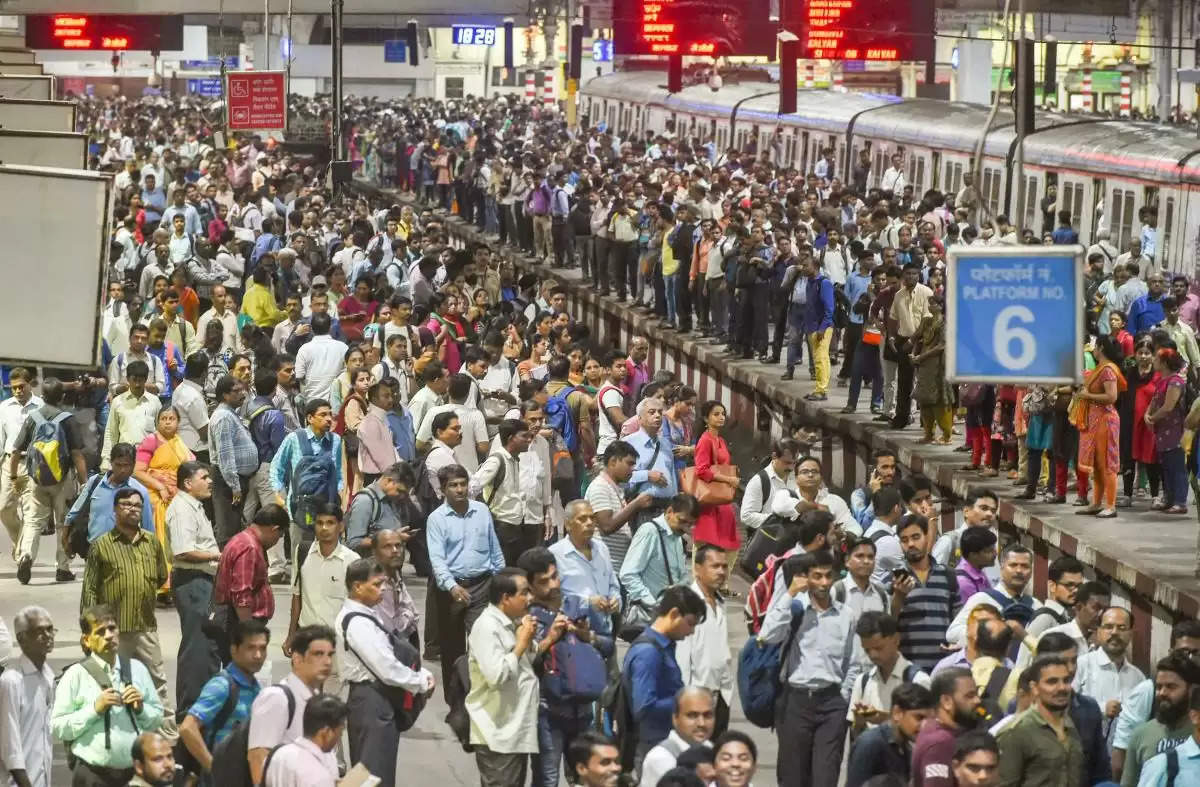Despite overtaking China, India's population growth slows.
The nation's fertility rate is now 2. It was 5.73 in 1950. At the same time, newborn life expectancy is increasing.

Despite overtaking China to become the world's most populated nation, statistics indicates a slowed rate of development and declining fertility rates in India.
India's projected total population has grown to 1.429 billion, which is almost 2.9 million higher than China's 1.426 billion, according to the UN Population Fund's (UNFPA) most current State of the World Population report.
Does this indicate, however, that too many individuals are being born in India? That is not the case, according to data. India's population growth rates have really been declining for a long time.
India's fertility rate decreased to 2 in 2023 from 3.30 at the beginning of this millennium and 5.73 in 1950, the earliest year for which data is available with the UN. This is less than the 2.1 fertility level, which is regarded as the replacement fertility level.
The projected number of children per woman in the population is used to determine the fertility rate. The fertility rate at which a population precisely replaces itself from one generation to the next is known as replacement fertility level.
Many nations throughout the world have seen this fall in fertility rates. "Changes in fertility rates will do little to change our population's current trajectory of growth (for the next 25 years, two-thirds of all population growth will be driven by past growth)," the UNFPA stated in a supplementary paper made public with its study.
The fact that the overall population is increasing despite falling fertility rates is also indicative of higher rates of neonates surviving and reaching maturity. In India, the average life expectancy at birth increased from just 41.72 in 1950 to 72.03 in 2023.
In fact, the UNFPA research claims that the declining fertility rate itself may be a result of the more freedoms that people, especially women, have today. It is evidence that people are becoming more in charge of their own reproductive life. Population decline need not always follow from declining fertility rates. Since the 1970s, the population of several nations has decreased, but their economies have continued to expand as a result of migration. As a result of the welcome gains in lifespan, all populations are ageing, according to the survey.
India's median age has risen from 20.02 in 1950 to 28.25 in 2023 due to lower birth rates and longer life expectancies, although it is still quite young by international standards. In fact, India is home to almost one in five persons under the age of 25 worldwide. In contrast, the median age in the US is 38.10, while it is 38.98 in China in 2023. The number is 30.49 globally.
India's population is anticipated to reach a peak of 1.7 billion people in 2065 before gradually declining after that.
.png)